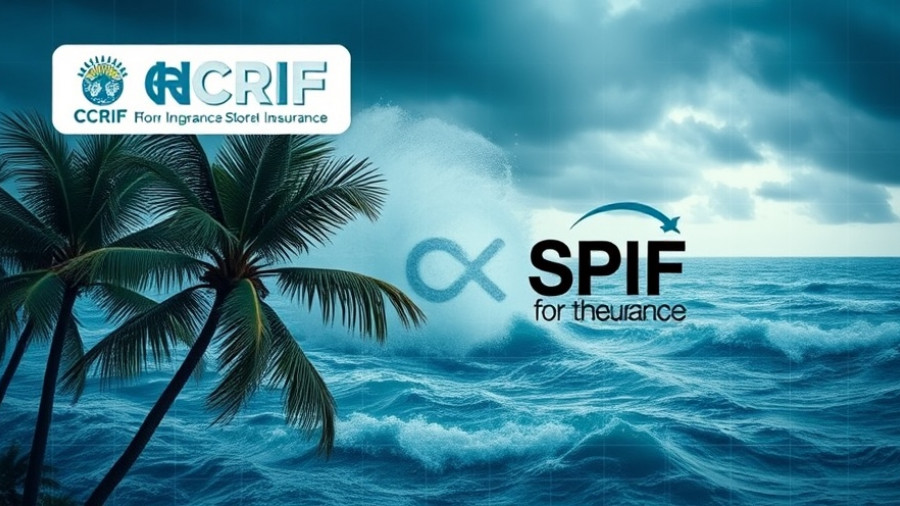
The Impact of Hurricane Melissa on Jamaica's Resilience
Jamaica has faced numerous challenges from natural disasters, but the recent devastation caused by Hurricane Melissa has led to the largest single insurance payout in the Caribbean Community’s CCRIF SPC history. Valued at US$70.8 million (approximately J$11.4 billion), this payout signifies a new benchmark in disaster response capabilities and highlights Jamaica's proactive approach to financial risk management.
Understanding CCRIF’s Unique Insurance Model
The CCRIF (Caribbean Catastrophe Risk Insurance Facility) operates a parametric insurance model, which means payouts are triggered based on predetermined parameters such as wind speed and rainfall amounts rather than traditional damage assessments. This allows for rapid access to vital funds to support recovery efforts immediately after disaster strikes. Jamaica, having adopted CCRIF's coverage since its establishment in 2007, harnessed this innovative model to secure timely payouts, allowing vital liquidity just three days after the storm.
The Broader Economic Implications of the Payouts
The US$70.8 million payout is crucial for addressing immediate needs such as food, water, and shelter for the affected populations. Since its inception, CCRIF has made a total of 81 payouts amounting to US$462 million to various member governments. These funds do not merely cover quick fixes but are pivotal for longer-term recovery strategies in sectors such as agriculture, tourism, and education, helping to restore essential public services and stabilize local economies.
Building Future Resilience Against Climate Change
This payout comes at a critical time, as climate change increases the frequency and intensity of extreme weather events across the Caribbean. CCRIF's continual support allows Jamaica to plan for future disasters, enhancing coverage in essential sectors like electricity and water utilities. As signs of climate change become increasingly more pronounced, such insurance models will be key for building resilient infrastructures capable of withstanding future catastrophes.
What This Means for Jamaicans
For the people of Jamaica, the record payout symbolizes reassurance and hope. It highlights not only the effectiveness of the CCRIF model but also the unity in facing natural disasters. As government officials and citizens rally to rebuild, they do so with the knowledge that support exists, and efforts are in place to expedite recovery.
The commitment from CCRIF is not only a testament to their operational capacity but also an emotional reminder of collective resilience against the ravages of nature. The efforts to improve disaster risk financing could profoundly impact Jamaica's socio-economic stability in the years to come.
With climate unpredictability on the rise, understanding and utilizing such parametric insurance is vital for nations vulnerable to natural disasters. Armed with these insights, Jamaica stands a better chance of weathering the storms ahead.
 Add Row
Add Row  Add
Add 




Write A Comment